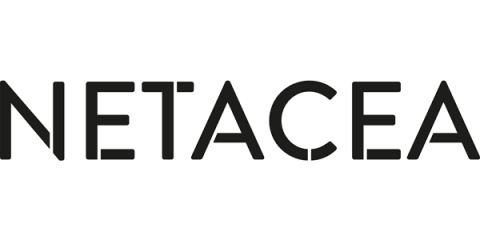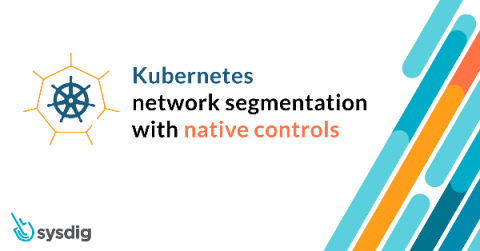NIST's New Draft for Ransomware Risk Management
Cyberattacks against businesses of all sizes are at all-time highs. Data from 2021 and projections for the future of cybersecurity suggest that the frequency and intensity of these attacks will only continue to grow. At the forefront of most cyberattacks in 2020 was ransomware, a type of malicious malware attack where attackers encrypt your organization’s data and demand payment in exchange for a decryption key to restore access.











